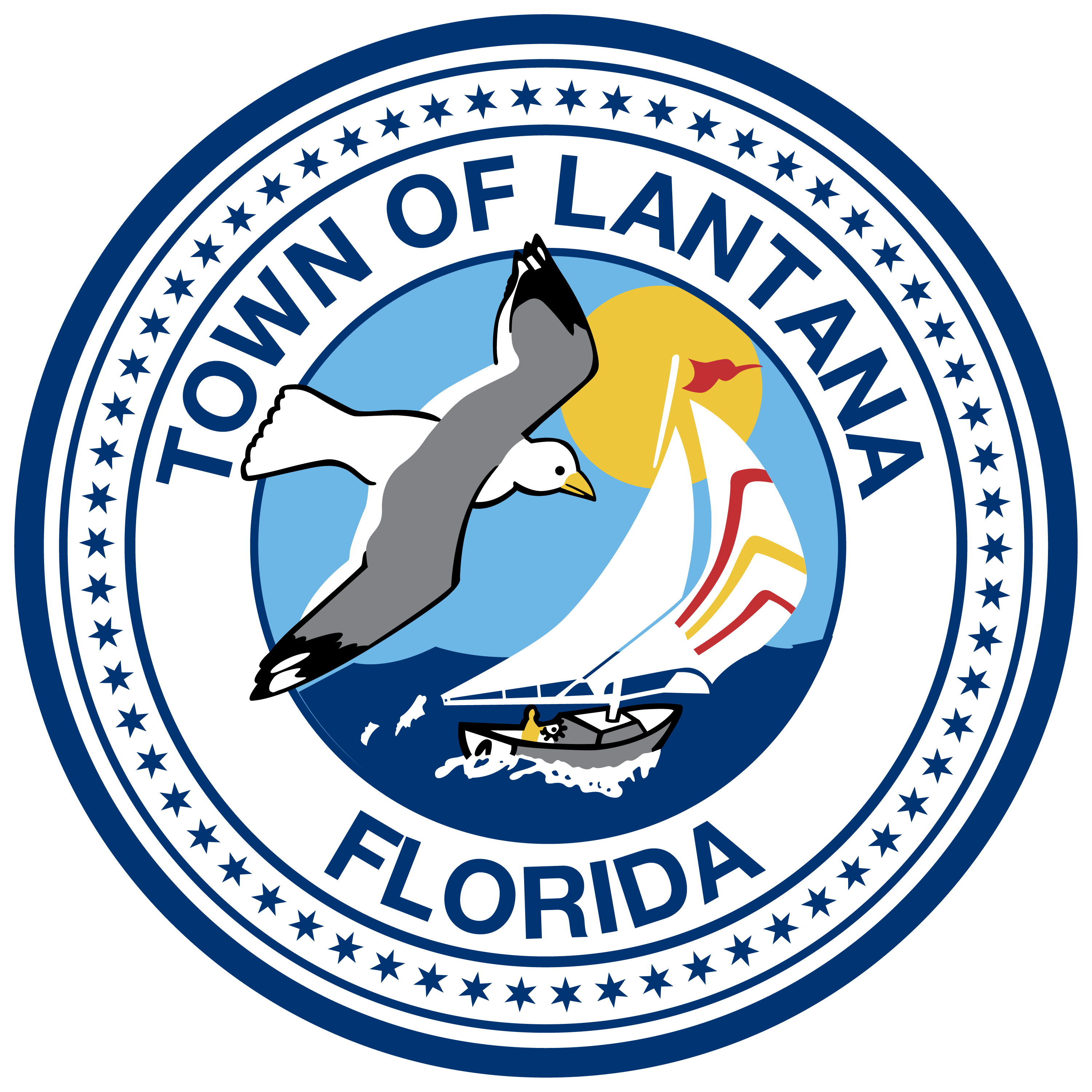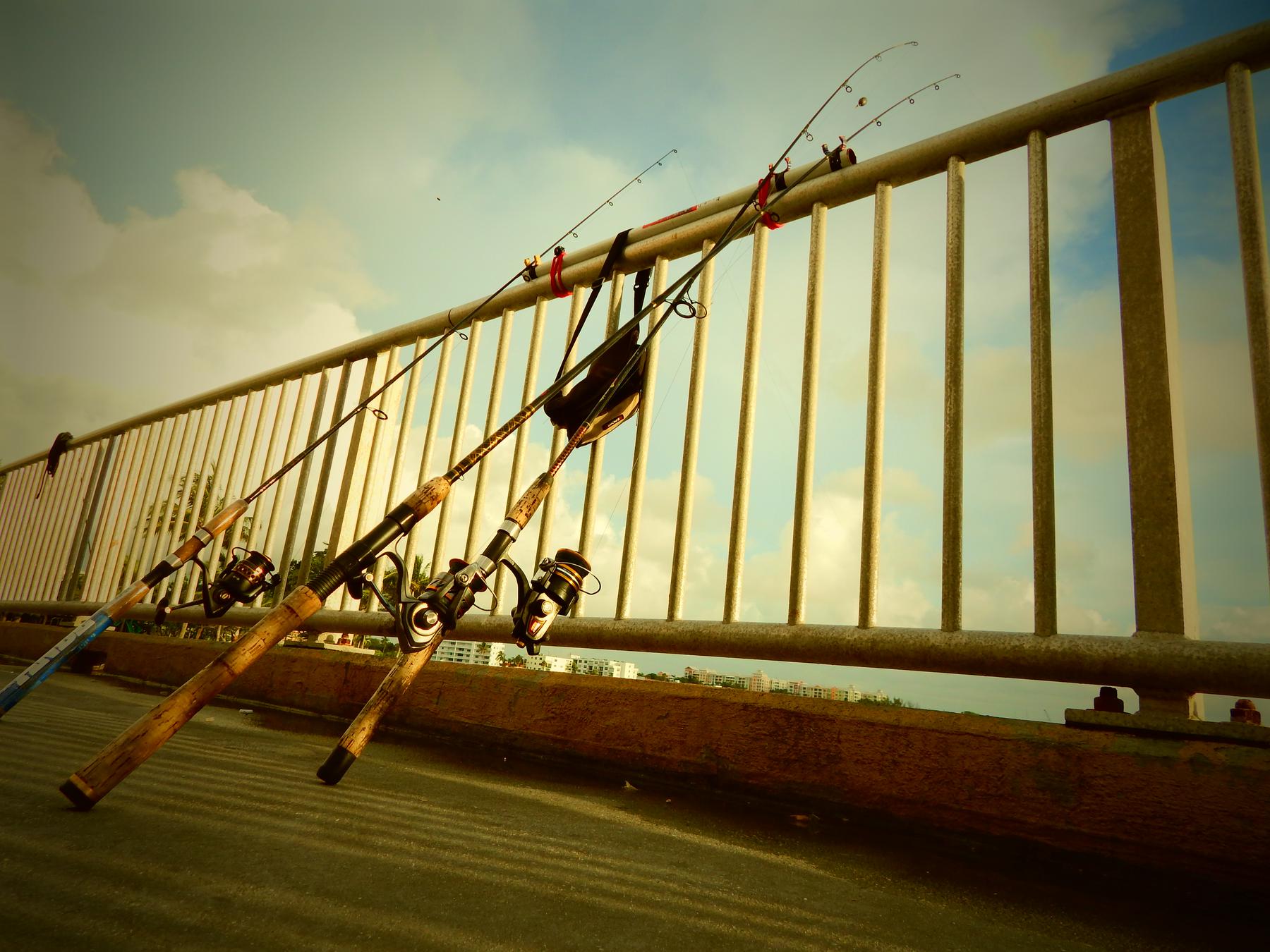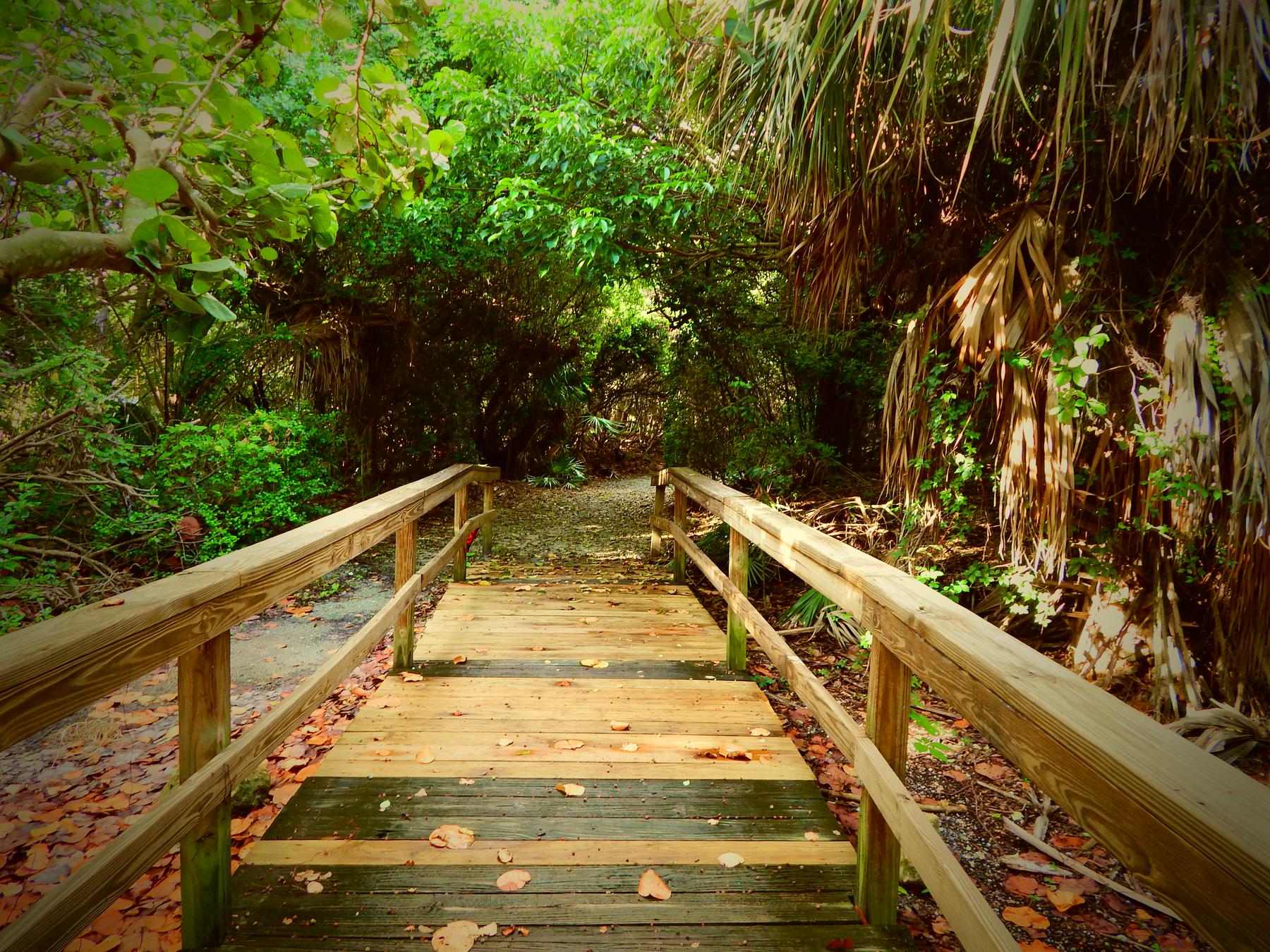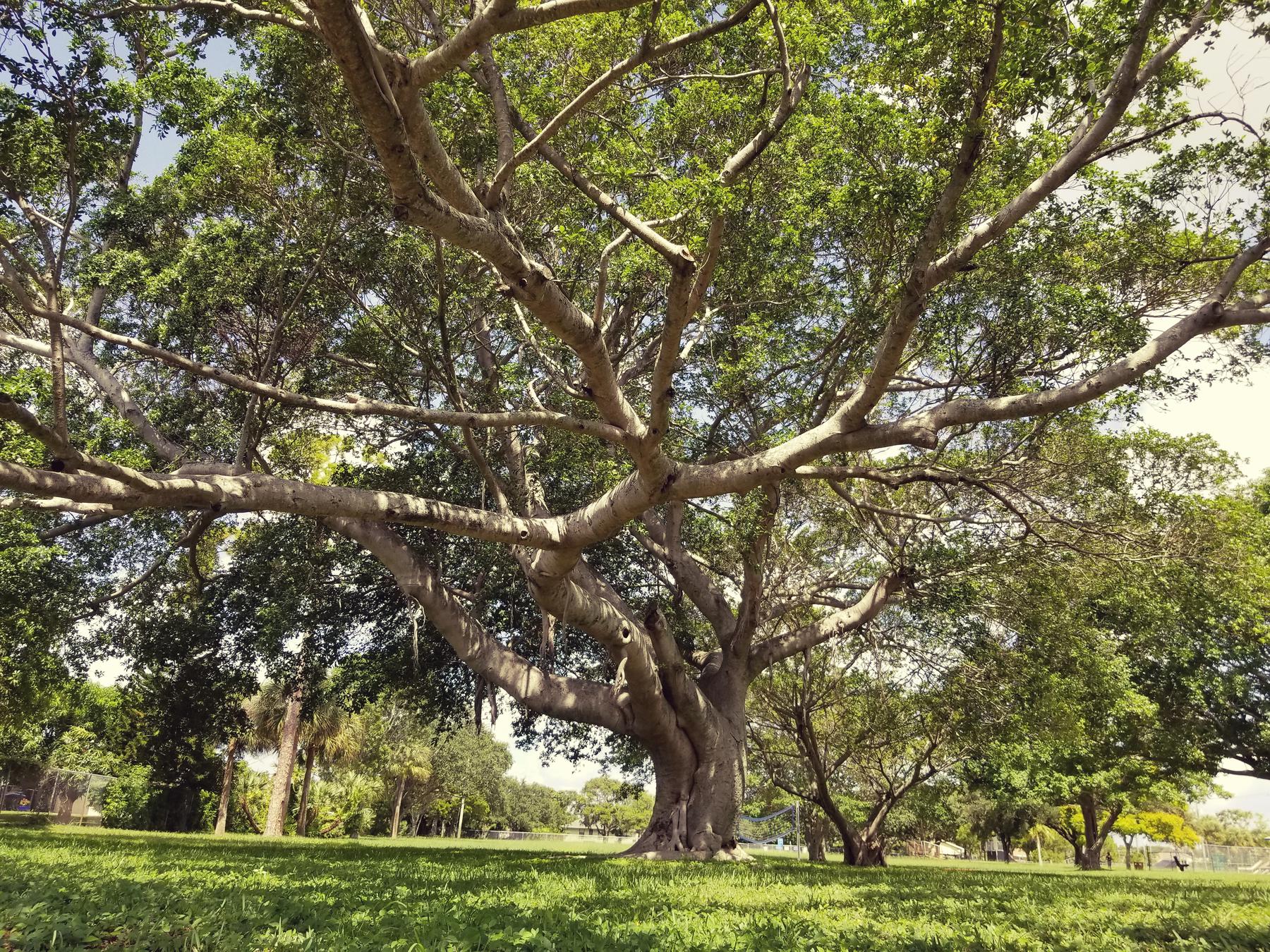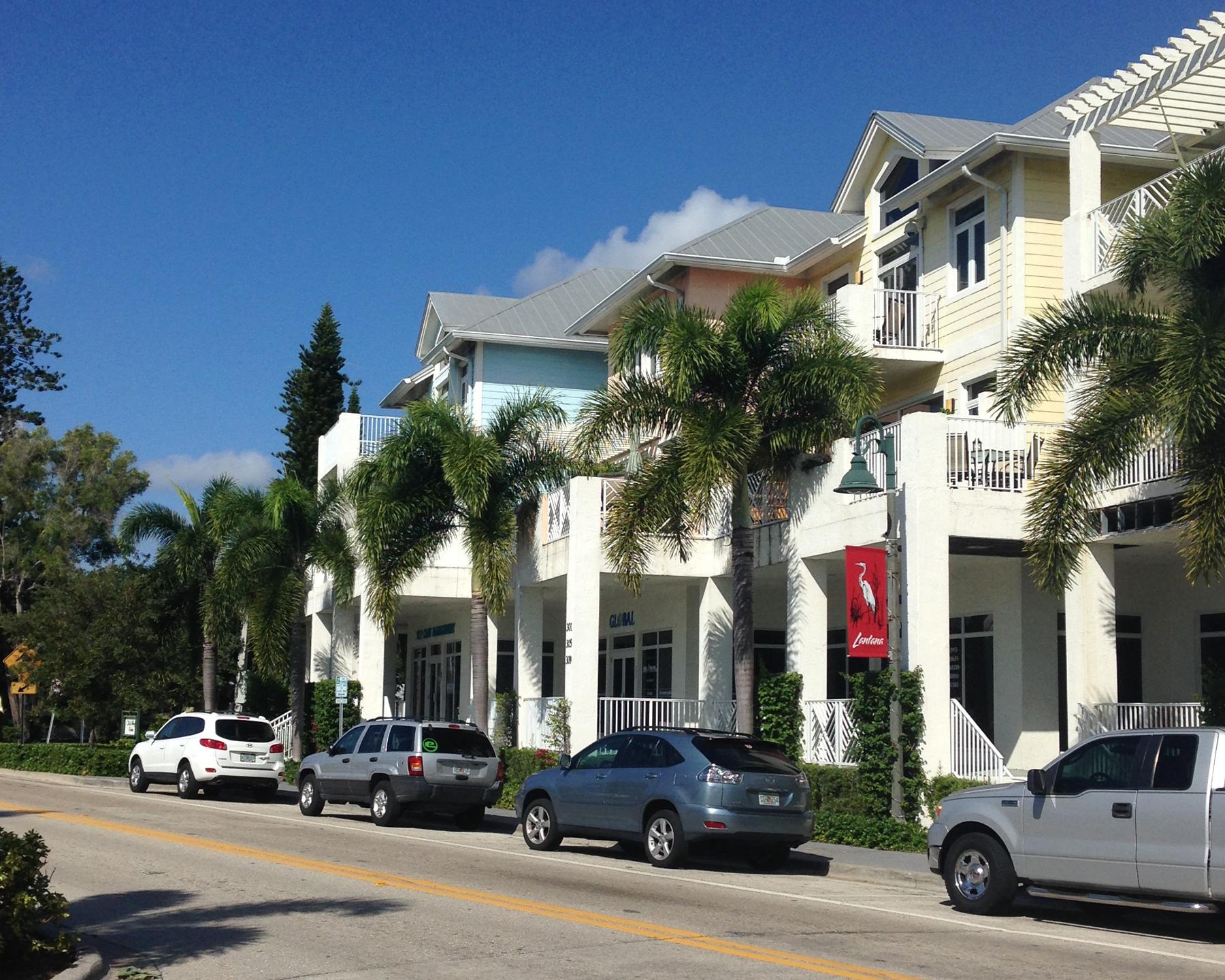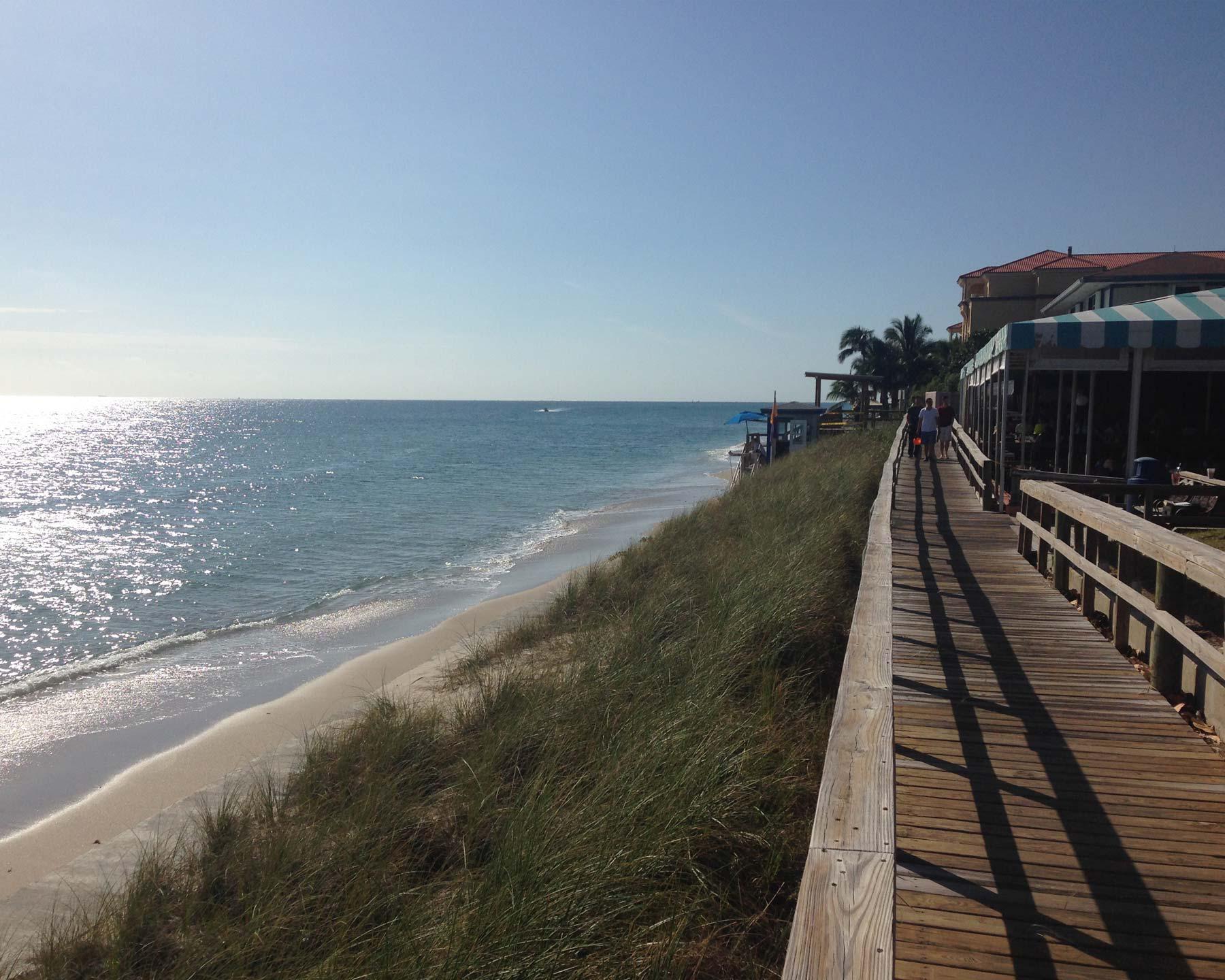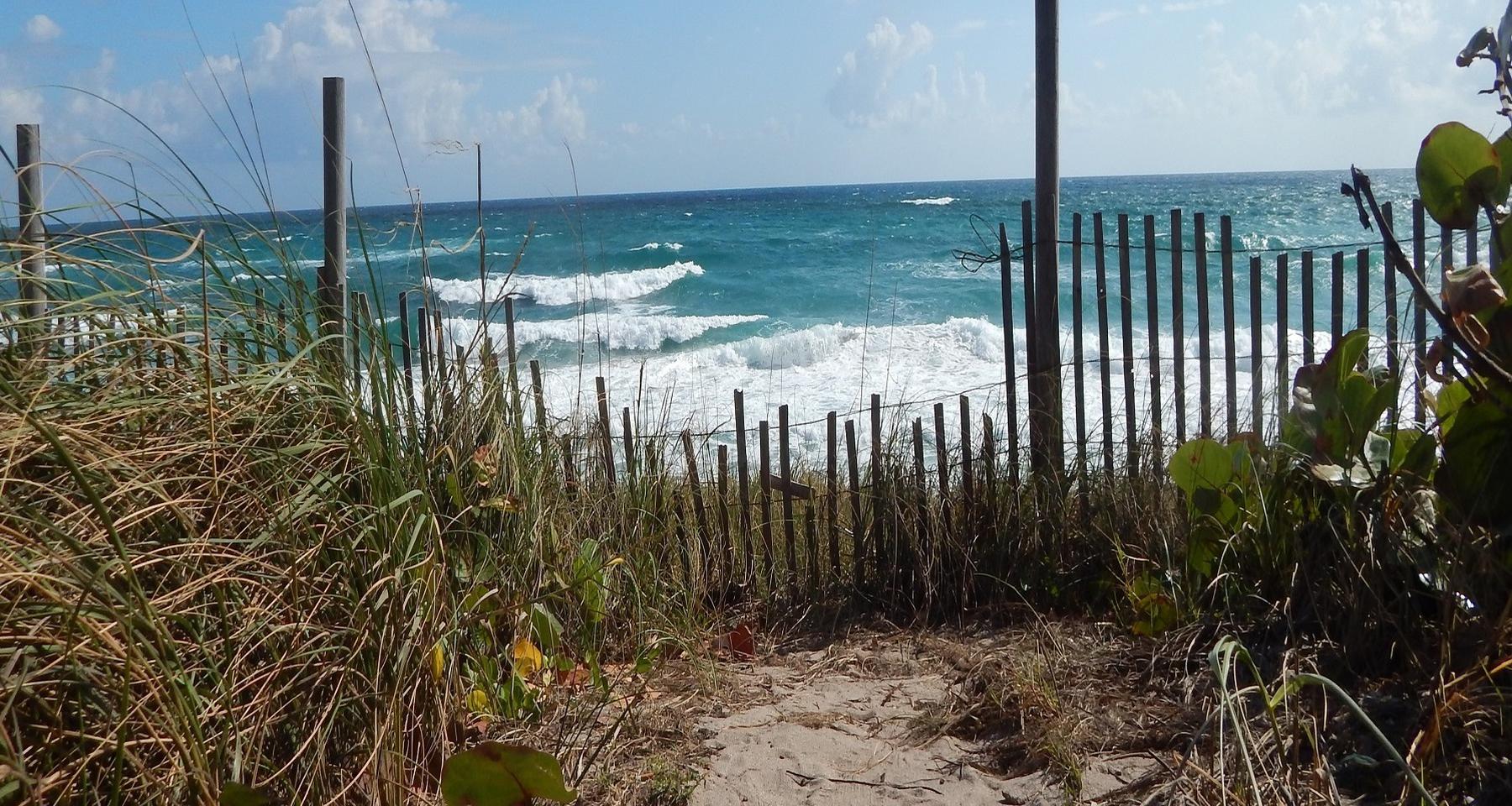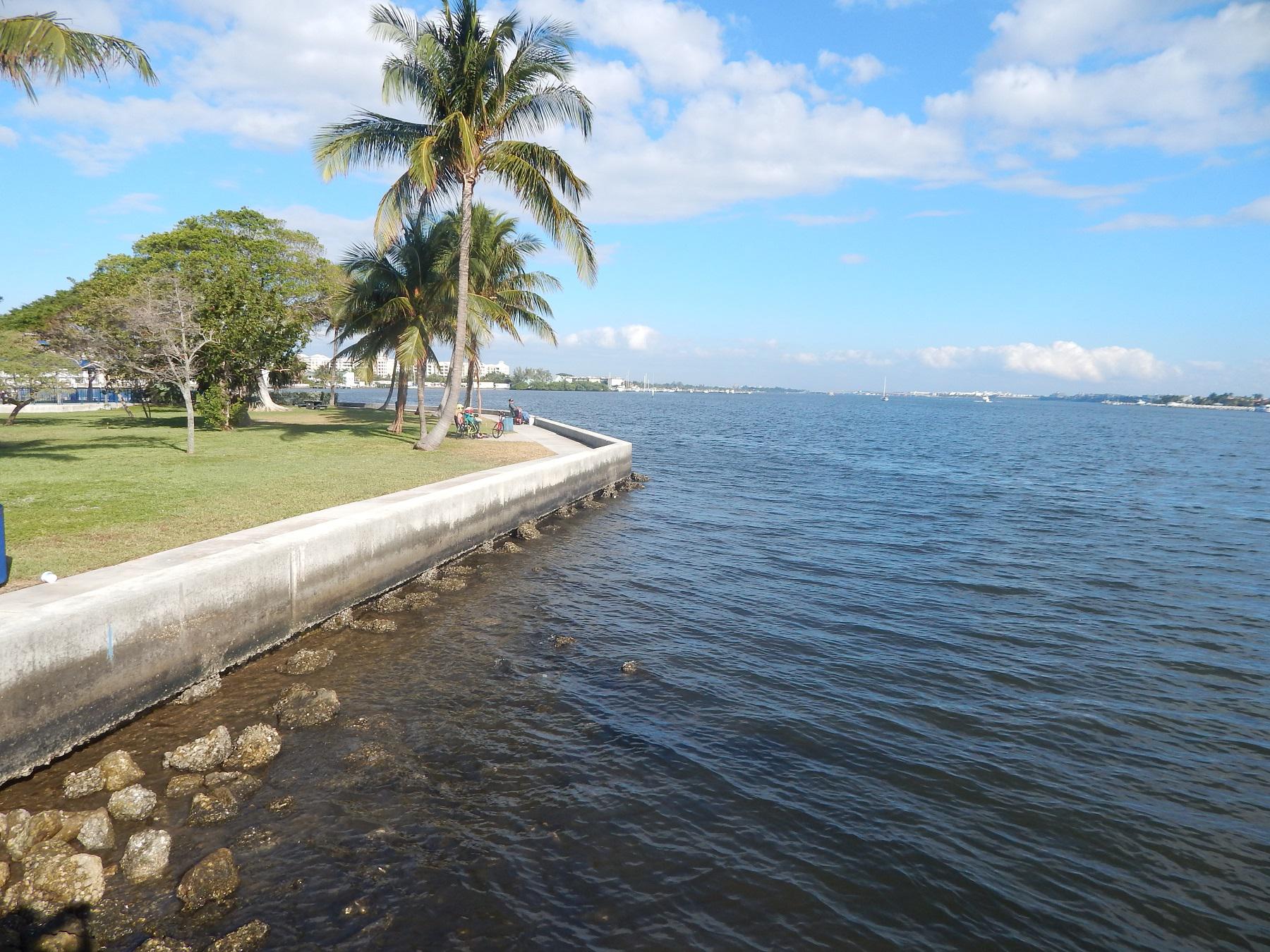Emergency Management
Hurricanes
Preparation:
Hurricane season is June 1 through November 30. Because storms can occur at any time, residents and businesses need to be prepared and have a plan of what to do before, during, and after a hurricane.
In addition, the following resources offer important information for hurricane preparedness:
- The Palm Beach County Hurricane Survival Guide, available here, contains detailed and useful information to assist residents and businesses.
- The National Weather Service Hurricane Center website, www.nhc.noaa.gov , provides graphics to track current storms, warnings and storm surge watches.
- Flood risks, insurance and recent changes to FEMA flood maps are available by visiting the National Flood Insurance Program website: https://www.floodsmart.gov
About Hurricanes:
Hurricanes are classified into five categories based on their wind speed, central pressure, and damage potential (see chart below). Category Three and higher hurricanes are considered major hurricanes, though Categories One and Two are still extremely dangerous and warrant your full attention.
Saffir-Simpson Hurricane Scale:
| Scale Number (Category) |
Sustained Winds (MPH) |
Damage |
|---|---|---|
| 1 | 74-95 | Minimal: Unanchored mobile homes, vegetation and signs. |
| 2 | 96-110 | Moderate: All mobile homes, roofs, small crafts, flooding. |
| 3 | 111-130 | Extensive: Small buildings, low-lying roads cut off. |
| 4 | 131-155 | Extreme: Roofs destroyed, trees down, roads cut off, mobile homes destroyed. Beach homes flooded. |
| 5 | More than 155 | Catastrophic: Most buildings destroyed. Vegetation destroyed. Major roads cut off. Homes flooded. |
Know the Terms:
Familiarize yourself with these terms to help identify a hurricane hazard:
- Tropical Depression: An organized system of clouds and thunderstorms with a defined surface circulation and maximum sustained winds of 38 MPH (33 knots) or less.
- Tropical Storm: An organized system of strong thunderstorms with a defined surface circulation and maximum sustained winds of 39–73 MPH (34–63 knots).
- Hurricane: An intense tropical weather system of strong thunderstorms with a well-defined surface circulation and maximum sustained winds of 74 MPH (64 knots) or higher.
- Storm Surge: A dome of water pushed onshore by hurricane and tropical storm winds. Storm surges can reach 25 feet high and be 50–thousands of miles wide.
- Storm Tide: A combination of storm surge and the normal tide (i.e., a 15-foot storm surge combined with a 2-foot normal high tide over the mean sea level created a 17-foot storm tide).
- Hurricane/Tropical Storm Watch: Hurricane/tropical storm conditions are possible in the specified area, usually within 48 hours. Tune in to NOAA Weather Radio, commercial radio, or television for information.
- Hurricane/Tropical Storm Warning: Hurricane/tropical storm conditions are expected in the specified area, usually within 36 hours.
- Short Term Watches and Warnings: These warnings provide detailed information about specific hurricane threats, such as flash floods and tornadoes.
Protective Measures:
Before a Hurricane:
To prepare for a hurricane, you should take the following measures:
- Make plans to secure your property. Permanent storm shutters offer the best protection for windows. A second option is to board up windows with 5/8” marine plywood. Tape does not prevent windows from breaking.
- Install straps or additional clips to securely fasten your roof to the frame structure. This will reduce roof damage.
- Be sure trees and shrubs around your home are well trimmed.
- Clear loose and clogged rain gutters and downspouts.
- Obtain cash or travelers checks.
- Fuel up vehicles and propane tanks.
- Obtain fuel for generators and test the generator.
- Determine how and where to secure your boat.
- Make a family plan. Establish an out-of-state contact to call in case of emergency.
- Purchase supplies for your family disaster supply kit.
- Make plans to board your pet if you plan to go to a shelter.
- Locate your water meter and electrical shutoff.
- Record a video of the contents of your home.
- Photocopy important papers and store safely.
- Check your shelter information and location.
During a Hurricane:
If a hurricane is likely in your area, you should:
- Listen to the radio or TV for information.
- Secure your home, close storm shutters, and secure outdoor objects or bring them indoors.
- Turn off utilities if instructed to do so. Otherwise, turn the refrigerator thermostat to its coldest setting and keep its doors closed.
- Turn off propane tanks.
- Keep a flashlight with you.
- Avoid using the phone, except for serious emergencies.
- Avoid using a generator. Wait until after the storm has passed.
- Move vehicles into a garage or next to a building; avoid parking near trees and utility poles. Tie down or stabilize boat, if time permits.
- Ensure a supply of water for sanitary purposes such as cleaning and flushing toilets. Fill the bathtub and other large containers with water.
- If you are going to stay during a hurricane, you need to ensure that you have sufficient food, water, medicine and supplies for at least 5-7 days.
- Do not go outdoors until the storm has passed; winds can die down and begin again at any time.
You should evacuate under the following conditions:
- If you are directed by local authorities to do so. Be sure to follow their instructions.
- If you live in a mobile home or temporary structure—such shelters are particularly hazardous during hurricanes no matter how well fastened to the ground.
- If you live in a high-rise building—hurricane winds are stronger at higher elevations.
- If you live on the coast, on a floodplain, near a river, or on an inland waterway.
- If you feel you are in danger.
If you are unable to evacuate, go to your wind-safe room. If you do not have one, follow these guidelines:
Stay indoors during the hurricane and away from windows and glass doors.
- Close all interior doors—secure and brace external doors.
- Keep curtains and blinds closed. Do not be fooled if there is a lull; it could be the eye of the storm - winds will pick up again.
- Take refuge in a small interior room, closet, or hallway on the lowest level.
- Lie on the floor under a table or another sturdy object.
The National Hurricane Center is the forecasting agency for the National Weather Service.
Who Helps After the Storm? |
|---|
Business SupportSmall Business Administration: 800-825-5722 |
Contractor LicensingFL Dept. of Business & Professional Regulations: 850-487-1395 |
Health IssuesPBC Health Department: 561-840-4500 |
Insurance ComplaintsFlorida Department of Financial Services: 800-227-8676 |
Price GougingOffice of Attorney General: 866-966-7226 |
Recovery InformationFEMA (Federal Emergency Management Agency): 800-621-3362 |
For additional contact information, see the Palm Beach County Hurricane Survival Guide, available here.
Post-Storm Safety:
- If you evacuated, return only when local officials state it is safe.
- Roads may be closed for your protection. If barricaded or flooded, turn around and go another way! Do not drive into flooded areas.
- Standing water may be electrically charged from underground or downed power lines; report downed lines to FPL or the Lantana Police Department.
- Look for fire hazards such as flooded electrical circuits or submerged appliances. Look for electrical system damage. If you see sparks or frayed wires, turn off the electricity at the main fuse box or circuit breaker.
- Check for gas leaks. If you smell gas or hear a hissing noise, open a window and leave quickly. Turn off the gas at the outside main valve, and call the gas company.
- Check for sewage and water line damage. If you think sewage lines are damaged, don't use toilets and call a plumber. If water pipes are damaged, don't use tap water; call the Town of Lantana Water Utilities Department.
- Open windows/doors to ventilate and dry out your home.
- When it is safe to do so, conduct an initial assessment of any damage to your property. Begin taking steps to minimize further damage from rain or standing water. If the street or parking area is flooded, check the inlets for debris and rake it away.
- Call 9-1-1 for emergencies only.
- During power outages, use of water in sinks and bathrooms should be limited as lift stations could overflow. (If wastewater starts backing up inside the house, locate and remove plus on the clean-out outside the house. Reinstall after power is restored.)
Flood Information
A new Flood Insurance Rate Map (FIRM) for Palm Beach County is now in effect, please access Palm Beach County's Interactive flood zone map to determine if your property is affected by the change. Should you have any questions, please contact 561-540-5034.
Know Your Zone
The Town of Lantana has areas that are considered Special Flood Hazard Areas which require all buildings to be constructed at, or above, the Base Flood Elevation. These Zones are A-7 and V-8.
About the ‘A Zone'
- Located along the west shoreline of the Intracoastal Waterway and extends westerly to encompass Hypoluxo Island
- Areas where rising waters can cause flooding problems if the lowest habitable floor of the building is not built at, or above, the base flood elevation
- Enclosed areas below the base flood elevation must have proper opening sized to allow floodwaters to flow into and out of these area
About the ‘V Zone'
- Located east of the Dune along Lantana Beach
- Enclosed areas below the base flood elevation are not allowed unless the walls are built as breakaway walls, and the area is not used as a habitable area
- Remodeling projects whose costs exceed 50% of the existing value of the building or structure must also comply with flood damage control requirements.
Flood Insurance
Flood losses are not covered under homeowners' insurance policies. FEMA manages the National Flood Insurance Program, which makes Federally-backed flood insurance available in communities that agree to adopt and enforce floodplain management ordinances to reduce future flood damage. There is a 30-day waiting period before flood insurance goes into effect, so don't delay. Flood insurance is available whether the building is in or out of the identified flood-prone area. Your Insurance may ask for a copy of the property's Elevation Certificate. The Development Service Department keeps all elevation certificates on file. We can answer questions you may have about them, as well as provide you with a copy of the elevation certificate.
Community Rating System (CRS)
The Town of Lantana participates in the National Flood Insurance Program Community Rating System and is currently rated a Class 8 community. This allow a property owner who purchases a flood insurance policy to receive a discount of the cost of the flood insurance policy.
As part of our participation, the Development Services Department offers a service to answer questions on Flood Zone and Base Flood Elevation determinations from the Flood Insurance Rate Map. Please feel free to stop in or call the Development Services Department for help answering questions regarding your Flood Zone. The Flood Insurance Rate Map and various other publications on flood prevention are available at Development Services and the Lantana Public Library.
Helpful Links
Please access the following links for more information:
Palm Beach County Emergency Management
